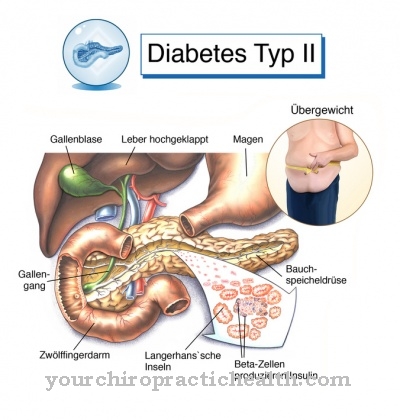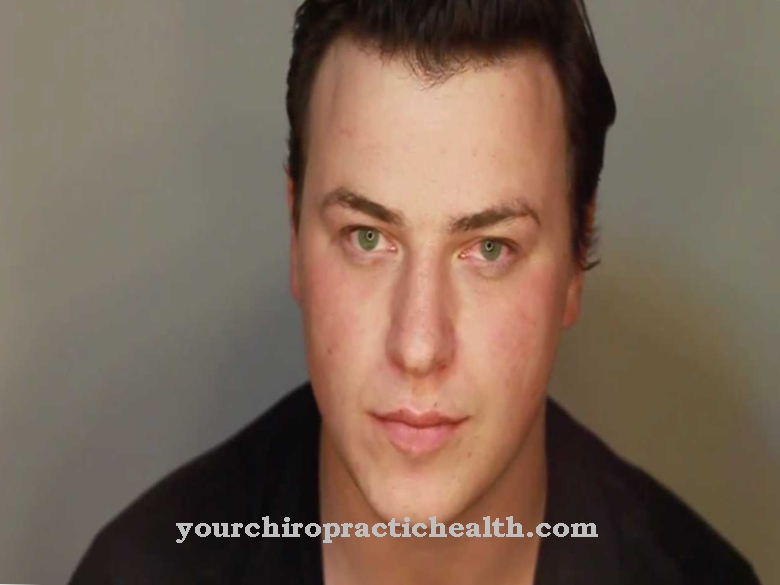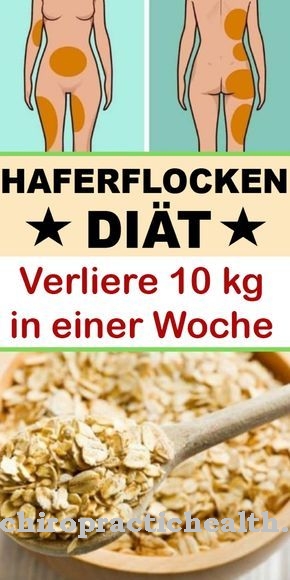The organs of our body develop according to the demands that are made on the organism by the environmental stimuli. While insufficient stress leads to underdevelopment and regression of the respective organs, constant training and sport increase the functions and performance of our body.
Sport & Health
There is no question that physical activity is one of the main factors for maintaining health, development and stabilization of the musculoskeletal system and internal organs at any age.
The urge to move in toddlers as well as adolescents shows us that movement or the stimulus to move is one of the necessary stimuli for development and growth. But even in adulthood, all organ systems must be subjected to a wide range of functional demands, because the living conditions of many people, the pursuit of comfort and the often one-sided workload, create a completely inadequate incentive to promote the maintenance of the performance and adaptability of our body. Increased susceptibility to disease and premature aging are not infrequently the result of this one-sided lifestyle.
The health-promoting effect of sport has long been known and has been used in medical science for thousands of years. Even seriously ill people are treated according to medical regulations with special forms of exercise, because such exercises promote recovery and, on the other hand, also enable the social reintegration of sick people, who thereby regain their joy of life.
The close connection between compensatory sporting activity and improving performance or increasing resistance to illnesses has already been experienced by those who regularly do sport every day during working hours or after work.
Sport as a disease prevention
With the help of exercise, many leg diseases can also be prevented. For example, blood congestion on the leg, which leads to leg swelling, varicose veins or even open legs.
We can only excuse the opinion that has often been expressed: "" Why exercise if I have been overstrained all day by standing, walking or other workloads? ", We can only excuse with ignorance. Such stress is almost always one-sided and causes excessive demands on individual muscle groups, which can lead to nutritional disorders, swelling and even skin discoloration.
Foot deformities such as flat feet, splay feet or even flat feet are often observed as a result of such one-sided stress. In contrast, exercise achieves a reciprocal strain on all muscles and promotes breathing and blood circulation, which leads to an improvement in tissue nutrition. The all-round stimulation of the organ systems thus prevents the so-called overstrain diseases and thus contributes to recovery to a large extent.
We can particularly impressively experience the health-promoting effects of physical activity, for example on a winter sports holiday. Movement outdoors creates the necessary compensation for the so often occurring lack of movement or one-sided movement, which is associated with a lot of people with simultaneous overload of sensory stimuli. The great physical strain on the limbs and organ systems brings with it a relaxation of the nerves and thus an excellent recovery from everyday overload.
Sport boosts the immune system

The metabolic stimulation and stimulation of the blood circulation caused by stronger movement increase performance and health and at the same time increase the feeling of life. As a result, neurotic diseases can suddenly be cured.
In addition, the body's resistance to disease increases, which is expressed above all in the fact that the person concerned is spared from infections of the respiratory tract even in the less favorable weather. But the healing of leg and foot diseases during childhood can also be promoted by the climatic stimulus.
Exercise, if used correctly, promotes health and prevents disease. If sports damage and sports injuries are mentioned here, it should be said in advance that they only play a subordinate role and could largely be avoided if their causes were considered.
Every sporting exercise requires experience of movement, i.e. repeated training. First you practice the easy-to-learn movement sequences, then the complicated ones that require the interaction of all muscle groups. Skiing, especially alpine on slopes and mountains, water jumping, apparatus gymnastics, also ball games, always require daily preparatory movement training, with age, sports experience and training break as well as the physical condition determine the intensity of the exercise.
If this knowledge is ignored, in most cases the body will be injured. The sequence of movements is not only endangered by inadequate training, but also by overtired muscles, localized pain and hypothermia. Muscle strains, muscle tears and irritation of the vein sliding tissue and the muscle attachments are the result.
Prevent sports injuries
The lighter disturbance of the movement leads to strains. Fall injuries, on the other hand, are common in those sports that require a particularly fast reaction to complex movements. Joint damage with torn ligaments and broken bones, on the other hand, occurs when the performance of the body is overestimated and cannot cope with the demands. Taking winter sports as an example, other causes of injury are mentioned, which must be observed in order to avoid the most common leg injuries that result from this.
This can be achieved by using appropriate sports equipment (safety binding, ski length, correct ski boots), training the body well and mastering good technique. Furthermore, by adapting the speed to your own ability or the severity of the downhill route, taking into account the snow conditions and the ground conditions and observing the daily form. In a figurative sense, this list can also apply in a modified form to an accident protection gear in general.
A bone fracture is understood to be a sudden separation in a bone caused by the effects of force. One speaks of tearing, bending, twisting, shearing or stagnation fractures. Immediate, careful splinting prevents serious malformations with lateral displacement, angular bending, rotation in the longitudinal axis, shortening or lengthening of the broken ends. Resting in a plaster cast or similar for several weeks ensures that the respective bone fracture heals.
Sports & Joints

The joints are particularly at risk in accidents. The most common strains and twists that can cause capsule and ligament injuries with bruising and joint swelling.
Stronger acts of violence usually cause a dislocation, a permanent displacement of two bone ends that together form a joint, usually accompanied by a joint capsule tear.
In addition to ligament injuries to the ankle joint, internal knee injuries are particularly common, in particular with injuries to the menisci and cruciate ligaments. The mechanism of injury is mainly to be seen in a mostly jerky twisting of the upper body or thigh with respect to the lower leg fixed on the floor. Football players and inexperienced skiers in particular are very often exposed to this twisting trauma.
This injury is usually preceded by a wear and tear of the meniscus due to constant incorrect or one-sided stress. Constant absolute fixation of the lower leg, due to the studded soccer shoe, also during the training game, uniform training load when jumping, constant overload with malformed legs, for example knock knees and flat feet, or even uniform occupational overload, such as with miners or assembly line workers, are among the factors which increase the risk of injury. The first sign of the onset of damage is pain. It indicates that a change in stress must occur without using pain-relieving medication, because only this can prevent an injury in time, but pain-relieving medication can only eliminate the current feeling of pain.
Overload & overload in sport
Another injury to the leg that is triggered by excessive stress and strain is the Achilles tendon tear. But it can also be avoided if the load requirement is coordinated with the performance and ability of the person concerned early enough and pain-relieving infections of any kind are avoided.
So we see that most or even better all sports injuries and sports damage can be prevented if the performance requirement is kept within reasonable limits and corresponds to the performance of the individual. The physician, together with the educator, has the task of educating people with regard to sport and thus helping to avoid damage so that the health-promoting value of sport benefits everyone.
Good exercise training, pronounced quick reactions and increased muscle strength are the best remedies against accidents and injuries of all kinds that endanger people on a daily basis. In addition, the all-round sportiness increases the body's resistance to diseases of all kinds and at the same time increases the attitude towards life. From this point of view, constant, properly guided exercise means prevention of injuries and illnesses.




























